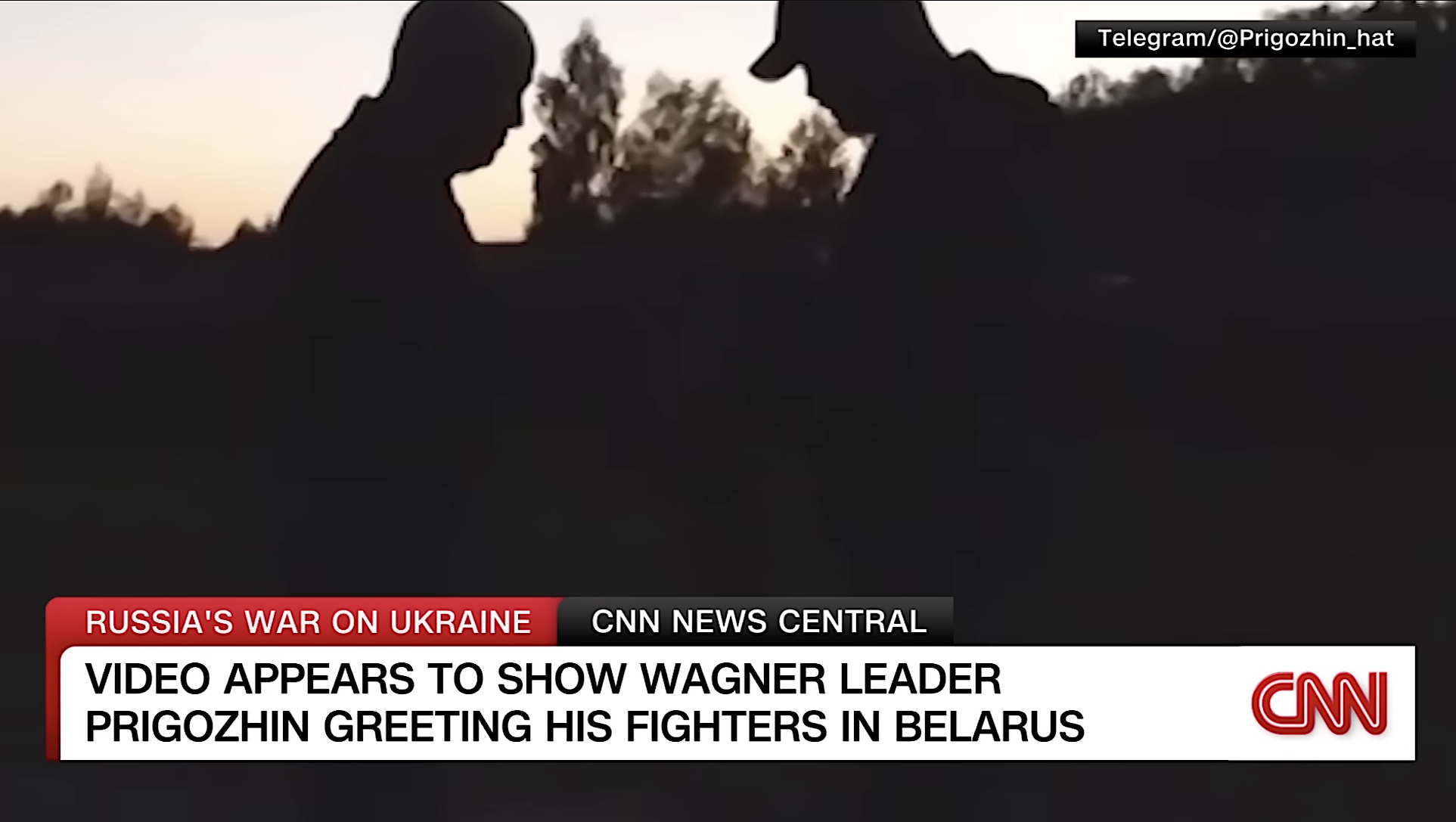Why the CDC expects overdose fatalities to decline — and why that may not mean the opioid crisis is improving

The Centers for Disease Control and Prevention on Wednesday provided provisional statistics suggesting that overdose fatalities likely decreased for the first time in three decades in 2018. While that's good news, the response by most experts is temperate for several reasons.
For starters, nearly 68,000 people died from overdoses, which is lower than 2017's total which topped 70,000, but still a high number. And 2018's numbers are still expected to increase once the complete data set comes in.
Further, overdoses caused by heroin and prescription painkillers decreased, possibly resulting from fewer opioid prescriptions from doctors, but deaths related to fentanyl, cocaine, and methamphetamines all continued to rise.
The Week
Escape your echo chamber. Get the facts behind the news, plus analysis from multiple perspectives.

Sign up for The Week's Free Newsletters
From our morning news briefing to a weekly Good News Newsletter, get the best of The Week delivered directly to your inbox.
From our morning news briefing to a weekly Good News Newsletter, get the best of The Week delivered directly to your inbox.
Finally, there's an important distinction distinction to be made. The data represents a decline in overdose deaths, but not necessarily overdoses, in general. Along those lines, Valerie Hardcastle, a Northern Kentucky University public health expert, told The Associated Press that the increased availablity of Narcan might be a major factor in the decline. Narcan is a nasal spray version of naloxone, a medication used to block the effects of opioids in an emergency situation.
"It's fantastic that we have fewer deaths, don't get me wrong," she said. "But I'm not sure it's an indication that the opioid problem per se is diminishing. It's just that we have greater availability of the drugs that will keep us alive."
Still, Stanford University professor Keith Humphreys called the preliminary data "the first real sign of hope we've had."
A free daily email with the biggest news stories of the day – and the best features from TheWeek.com
Tim is a staff writer at The Week and has contributed to Bedford and Bowery and The New York Transatlantic. He is a graduate of Occidental College and NYU's journalism school. Tim enjoys writing about baseball, Europe, and extinct megafauna. He lives in New York City.
-
 Four Seasons Seoul: a fascinating blend of old and new in South Korea
Four Seasons Seoul: a fascinating blend of old and new in South KoreaThe Week Recommends Located right in the heart of the action, this classy hotel is the perfect base to explore the capital
-
 How to make the most of chestnuts
How to make the most of chestnutsThe Week Recommends These versatile nuts have way more to offer than Nat King Cole ever let on
-
 Deaths for children under 5 have gone up for the first time this century
Deaths for children under 5 have gone up for the first time this centuryUnder the radar Poor funding is the culprit
-
 British warship repels 'largest Houthi attack to date' in the Red Sea
British warship repels 'largest Houthi attack to date' in the Red SeaSpeed read Western allies warn of military response to Iranian-backed Yemeni rebels if attacks on ships continue
-
 Houthi rebels claim Red Sea ship attacks
Houthi rebels claim Red Sea ship attacksspeed read Iran-backed Yemeni group vows to escalate aggression towards Israel-linked vessels in revenge for Gaza war
-
 Israel plans next phase of Gaza war as first hostages released
Israel plans next phase of Gaza war as first hostages releasedSpeed read After four-day ceasefire 'we will not stop' until destruction of Hamas, says Israel
-
 Mob storms Russian airport 'looking for Jews'
Mob storms Russian airport 'looking for Jews'Speed Read Plane from Israel surrounded by rioters chanting antisemitic slogans after landing in Russia's Dagestan region
-
 Tuberville's military promotions block is upending lives, combat readiness, 3 military branch chiefs say
Tuberville's military promotions block is upending lives, combat readiness, 3 military branch chiefs saySpeed Read
-
 Ukraine's counteroffensive is making incremental gains. Does it matter in the broader war?
Ukraine's counteroffensive is making incremental gains. Does it matter in the broader war?Speed Read
-
 US commissions first-ever Navy ship in a foreign port
US commissions first-ever Navy ship in a foreign portSpeed Read
-
 British spy chief, Wagner video suggest Prigozhin is alive and freely 'floating around'
British spy chief, Wagner video suggest Prigozhin is alive and freely 'floating around'Speed Read
